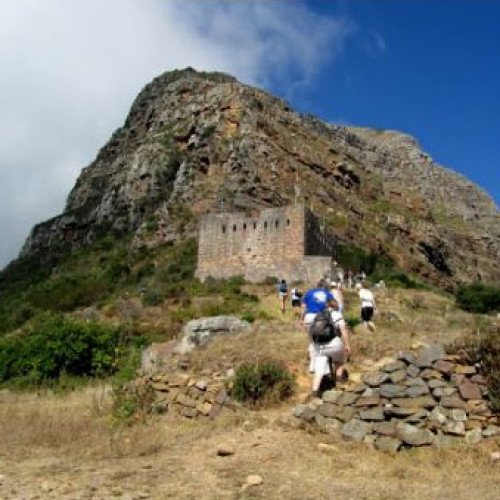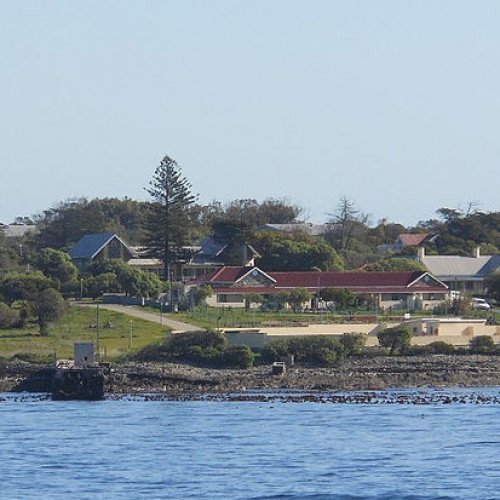Castles of "South Africa" FORTIFICATIONS OF THE CAPE PENINSULA vs ROBBEN ISLAND

FORTIFICATIONS OF THE CAPE PENINSULA
Dozens of fortifications were built in Cape Town and the Cape Peninsula between the 1650s and the 1940s. Most have gone, but a few still stand. Entries in bold indicate that the building still stands, either intact or in ruins.
Statistics for this Xoptio

ROBBEN ISLAND
Robben Island (Afrikaans: Robbeneiland) is an island in Table Bay, 6.9 kilometres (4.3 mi) west of the coast of Bloubergstrand, north of Cape Town, South Africa. It takes its name from the Dutch word for seals (robben), hence the Dutch/Afrikaans name Robbeneiland, which translates to Seal(s) Island. Robben Island is roughly oval in shape, 3.3 km (2.1 mi) long north–south, and 1.9 km (1.2 mi) wide, with an area of 5.08 km2 (1.96 sq mi). It is flat and only a few metres above sea level, as a result of an ancient erosion event. It was fortified and used as a prison from the late 17th century to 1996, after the end of apartheid. Many of its prisoners were political. Political activist Nelson Mandela was imprisoned there for 18 of the 27 years he served behind bars before the fall of apartheid and expansion of the franchise to all residents of the country. He was later awarded the Nobel Prize for Peace and was elected in 1994 as President of South Africa, serving one term. In addition, two other former inmates of Robben Island have been elected as President of South Africa since the late 1990s: Kgalema Motlanthe and Jacob Zuma. Robben Island is a South African National Heritage Site as well as a UNESCO World Heritage Site.